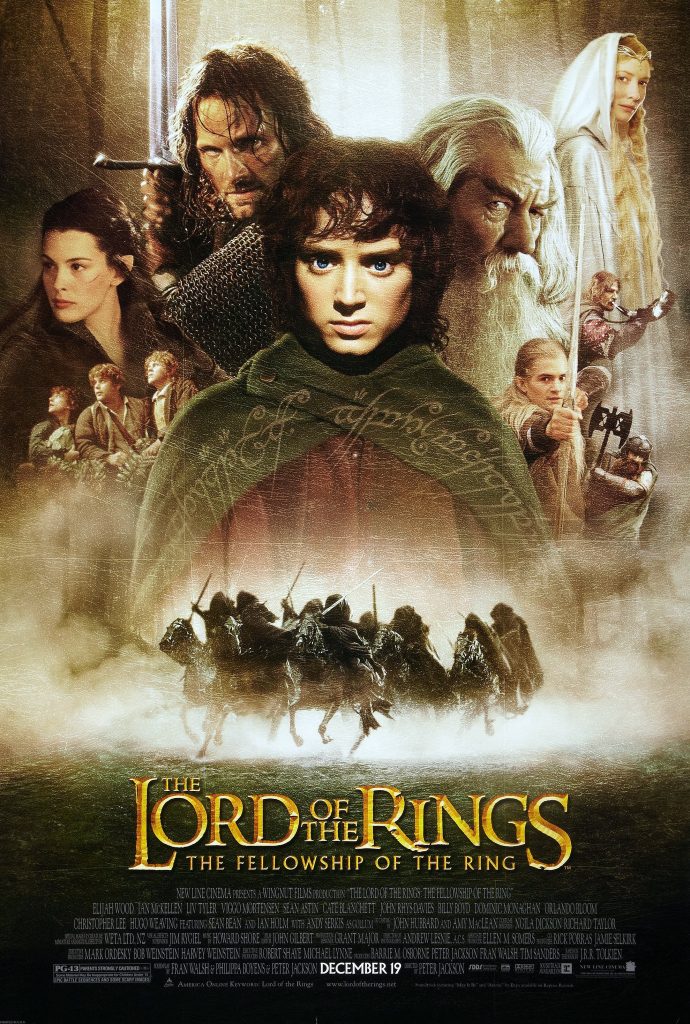Blog
The Lord of the Rings: An Epic Journey Through Middle-earth
“The Lord of the Rings,” J.R.R. Tolkien’s magnum opus, is more than just a series of books; it’s a cultural phenomenon that has captivated readers and audiences for decades. Published in three volumes between 1954 and 1955, the epic fantasy tale transports readers to the meticulously crafted world of Middle-earth, where a diverse cast of characters embark on a perilous quest to destroy a powerful artifact and save their world from darkness.
Origins and Background
J.R.R. Tolkien, a professor of Anglo-Saxon at Oxford University, began writing “The Lord of the Rings” as a sequel to his 1937 children’s book “The Hobbit.” However, the story soon evolved into a much larger and more complex narrative, deeply rooted in his extensive knowledge of mythology, linguistics, and literature. The result was a rich, immersive world with its own history, languages, and cultures, reflecting Tolkien’s academic interests and personal experiences, including his service in World War I.
The Story Unfolds
The saga begins with “The Fellowship of the Ring,” where readers are introduced to Frodo Baggins, a humble hobbit from the Shire. Frodo inherits the One Ring from his uncle Bilbo, unaware of its true nature. The ring, forged by the Dark Lord Sauron, holds immense power and has the potential to corrupt and destroy. Guided by the wise wizard Gandalf, Frodo and a fellowship of companions, including Aragorn the ranger, Legolas the elf, Gimli the dwarf, Boromir the human, and fellow hobbits Sam, Merry, and Pippin, set out to destroy the ring by casting it into the fires of Mount Doom in Mordor, where it was forged.
In “The Two Towers,” the fellowship is scattered. Frodo and Sam continue their journey to Mordor, guided by the treacherous creature Gollum, while Aragorn, Legolas, and Gimli pursue Merry and Pippin, who have been captured by orcs. The narrative expands to include the kingdoms of Rohan and Gondor, where battles against Sauron’s forces escalate. Key themes of friendship, loyalty, and sacrifice are explored as the characters face increasing peril.
The epic concludes with “The Return of the King,” where the storylines converge in a climactic battle for Middle-earth. Aragorn claims his rightful throne as the King of Gondor, leading a final stand against Sauron’s armies. Meanwhile, Frodo and Sam reach Mount Doom, where the ultimate fate of the One Ring—and Middle-earth—hangs in the balance. The resolution of their journey brings both triumph and bittersweet farewells, underscoring the themes of hope and renewal.
Themes and Impact
“The Lord of the Rings” explores profound themes such as the struggle between good and evil, the corrupting influence of power, the importance of courage and perseverance, and the value of friendship and unity. Tolkien’s intricate world-building and deep moral undertones have inspired countless works of fiction, establishing many conventions of the fantasy genre.
The books have been adapted into various media, most notably Peter Jackson’s acclaimed film trilogy released between 2001 and 2003. The films brought Tolkien’s vision to a new generation, earning critical acclaim and commercial success, and winning numerous awards, including multiple Academy Awards.
Legacy
Tolkien’s legacy extends beyond literature and film. “The Lord of the Rings” has influenced a wide array of cultural works, from music and art to video games and role-playing games. The detailed maps, languages, and histories Tolkien created continue to inspire fans and creators worldwide, cementing his work as a cornerstone of modern fantasy.
Conclusion
“The Lord of the Rings” remains a timeless epic that resonates with readers and viewers of all ages. Its richly imagined world, compelling characters, and enduring themes ensure its place as one of the greatest works of literature. As we journey through Middle-earth with Frodo and his companions, we are reminded of the power of storytelling to illuminate the human condition and inspire hope in the face of darkness.
 Skip to content
Skip to content

